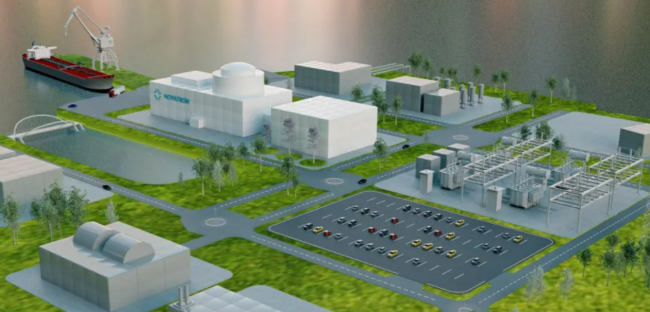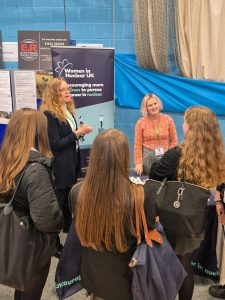Sizable Energy Secures $8M to Launch Ocean-Based Energy Storage
Sizable Energy, a startup founded by engineers from nuclear, mechanical, and maritime backgrounds, has raised $8 million to accelerate the commercial rollout of its offshore pumped hydro energy storage system—a gravity-based solution designed to store gigawatt-scale power beneath the ocean’s surface.
The funding round, led by Playground Global, follows successful testing at the Maritime Research Institute Netherlands (MARIN) and the launch of new sea trials off the coast of Reggio Calabria, Italy. The company’s patented system pumps dense salt brine from the seabed to a surface reservoir, using ocean depth as a natural energy storage medium.
Unlike traditional onshore pumped hydro, which is limited by geography and environmental constraints, Sizable’s modular, scalable, and invisible-from-shore design offers a faster, more flexible path to long-duration energy storage (LDES)—a critical need as global demand is expected to reach 120 TWh by 2040.
With a megawatt-scale pilot in the Mediterranean on the horizon and commercial projects planned for 2026, Sizable Energy is positioning itself as a key player in the clean energy transition.
Why It Matters for Nuclear Careers
This project highlights how nuclear-trained engineers and systems thinkers are driving innovation beyond traditional boundaries. As the energy sector evolves, cross-disciplinary expertise—from nuclear safety to marine engineering—is becoming essential to solving complex infrastructure challenges.
If you’re passionate about energy resilience, systems design, or sustainable innovation, this is the kind of frontier where your skills can make a global impact.
https://www.sizableenergy.com/news/2l26pidy71-sizable-energy-raises-8-million-to-launc
Picture from: Sizable Energy












